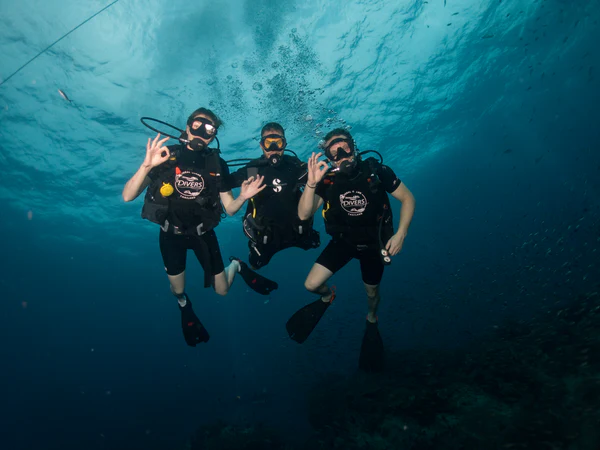How to Protect Yourself While Diving? The Complete Safety Guide

Diving is one of the most exciting and engaging marine activities for adventure seekers, but it also carries real risks if not handled with caution and knowledge. In this comprehensive guide, we provide comprehensive safety steps and tips for diving , focusing on protecting divers from potential accidents and ensuring a safe and enjoyable underwater experience.
Pre-Dive: Proper Preparation is Key to Safety
Selecting and carefully inspecting the appropriate equipment
Every diver must ensure that their diving equipment is in excellent condition. This includes:
- Diving mask: It must fit tightly around the face and not allow water to leak in.
- Snorkel: Clean and free of obstructions.
- Wetsuit (thermal suit): Maintains body heat and reduces the risk of hypothermia.
- Air tank and regulator: Must be inspected periodically by an authorized dive center.
- Fins: Provide smooth movement in the water and reduce fatigue.
Training and qualification
Before diving at any site, it is essential that the diver has completed a certified training course from a reputable organization such as PADI or NAUI, with a comprehensive understanding of how to handle underwater emergency situations.
While Diving: Safety Steps You Shouldn't Skip
Constant contact with your dive partner
Diving with a partner is one of the most important safety rules. Maintain constant eye contact with your partner and use agreed-upon hand signals to communicate.
buoyancy control
Good buoyancy control prevents a diver from ascending too quickly or colliding with objects or rocks. Proper use of a BCD helps maintain a constant depth.